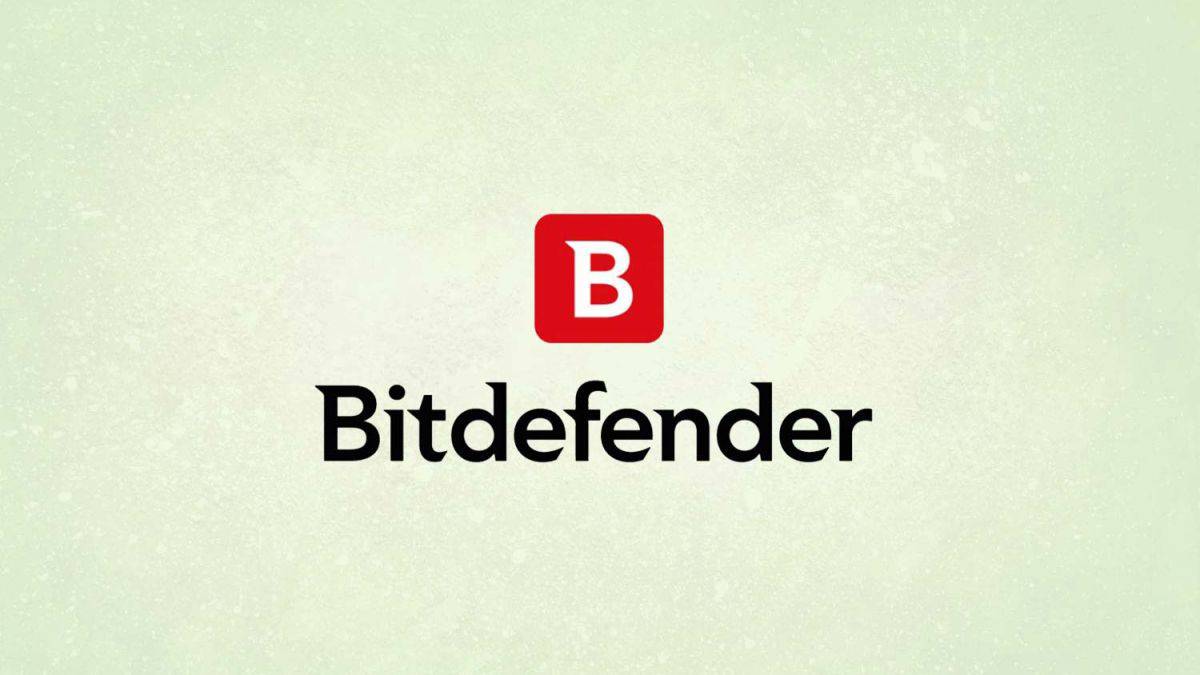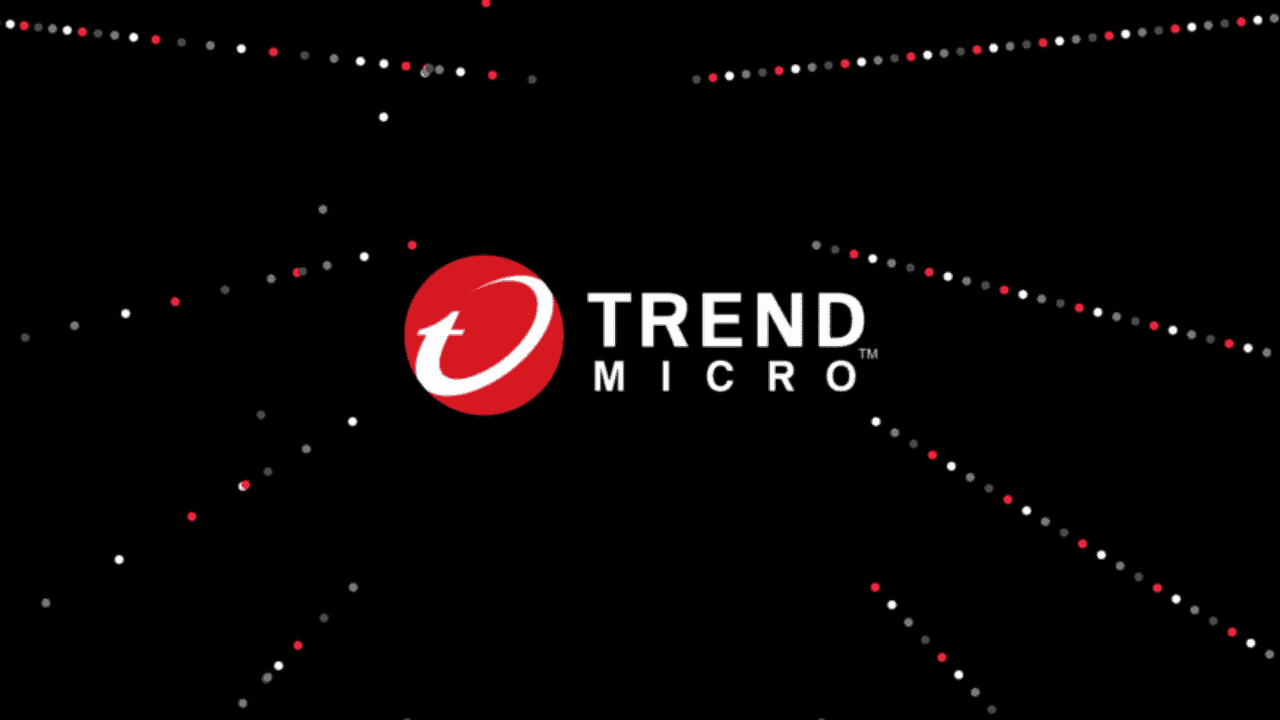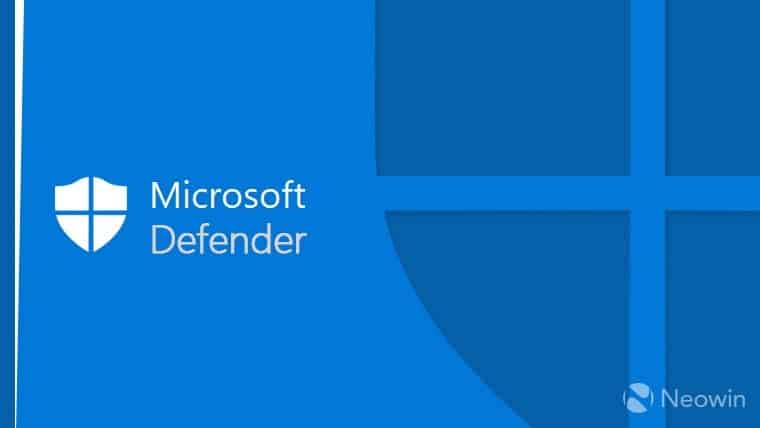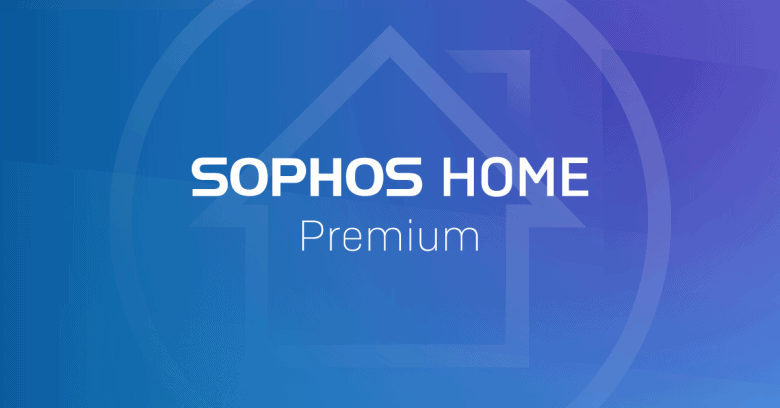best antivirus software: As we go about our daily internet activities, vital information like our social security numbers, bank account details, credit card numbers are increasingly at risk. According to research, these breach cases are on the rise and it is left for every computer user to take steps to avoid being a victim.
Luckily for you, installing the right antivirus software at home or at the office goes a long way in helping you stay protected, and these software options do not just detect viruses, they also provide malware and other attack protections. Check out our recommended below:
1. Bitdefender:

This is the company’s entry-level antivirus software offering and this makes it superb for home users without technical skills and anybody who needs basic defense against threats. Since viruses are not the only cybersecurity risks, this software provides lots of security-first features, including ransomware prevention, tracking online purchases/web-based transactions, and password management that allows users to create special passwords for a lot of things.
It works with Windows, Mac, Android, and iOS as well. As at the time this article was written, the price of Bitdefender was around $39.99 per year for one license.
2. Webroot:

If you are a Mac user, this is the option to go for because contrary to popular opinion, Mac computers are very vulnerable to all kinds of malware, ransomware, phishing attacks. The software is home to a very small footprint on your PC’s operating system but it guarantees super quick security scans and helps with phishing detection.
Must Read: 5 Best iPhone Antivirus
For users of Windows and Mac, Webroot’s interface is similar across platforms than its rivals, the only difference is that Webroot for Mac doesn’t come with a firewall. As at the time this article was written, the price of Webroot was around $39.99 for personal use and $150.00 for businesses.
3. Trend Micro:

Still, on the best Antivirus software to buy right now, every version of this option comes with an Advanced AI Learning feature that detects new ransomware strains and other kinds of threats that are inimical to your computer. Password management and protection are available in its family version and it is a good choice for those who do not wish to micromanage their security.
Trend Micro works with Windows but its highest-tier plan supports mobile operating systems nicely. As at the time this article was written, the price of Trend Micro was around $39.95 for one year.
4. Microsoft Defender:

With this software running on Windows 10, you have malware protection safety if your system ever gets vulnerable. It is built into Windows and enabled by default to cover the basics of internet security.
The Microsoft Defender also allows you to tune the level of protection you need and it grants you control over blocking potentially unwanted applications while protecting folders and files from a ransomware attack. As at the time this article was written, the price of Microsoft Defender was around $10 to $57 monthly.
5. Sophos Home:

Sophos is a popular cybersecurity brand that guarantees security software for companies, alongside regular users are covered as well as it works for home use. Its Antivirus allows you to remotely manage its features on up to 10 devices, which is good news for users who want a simple way to alter security settings, run malware scans and manage parental control settings on multiple devices simultaneously.
Must Read: How To Hide My Private Photos on Android Devices
Device optimization and VPN are included here as well. As at the time this article was written, the yearly subscription fee for Sophos home was around $60 per year.
wrapping up:
Having read through this list of 5 best Antivirus software. If you have any personal favorites we haven’t mentioned above, kindly let us know in the comment section below. We would love to hear from you.
More Information On Gadgets:
A gadget is a small tool such as a machine that has a particular function but is often thought of as a novelty. Gadgets are sometimes referred to as gizmos.
In the software industry, “Gadget” refers to computer programs that provide services without needing an independent application to be launched for each one but instead run in an environment that manages multiple gadgets.
There are several implementations based on existing software development techniques, like JavaScript, form input and various image formats.
The earliest documented use of the term gadget in the context of software engineering was in 1985 by the developers of AmigaOS, the operating system of the Amiga computers (intuition.library and also later gadtools.library).
It denotes what other technological traditions call GUI widget—a control element in the graphical user interface. This naming convention remains in continuing use (as of 2008) since then.
It is not known whether other software companies are explicitly drawing on that inspiration when featuring the word in the names of their technologies or simply referring to the generic meaning.
The word widget is older in this context. In the movie “Back to School” from 1986 by Alan Metter, there is a scene where an economics professor Dr. Barbay, wants to start for educational purposes a fictional company that produces “widgets: It’s a fictional product.”



